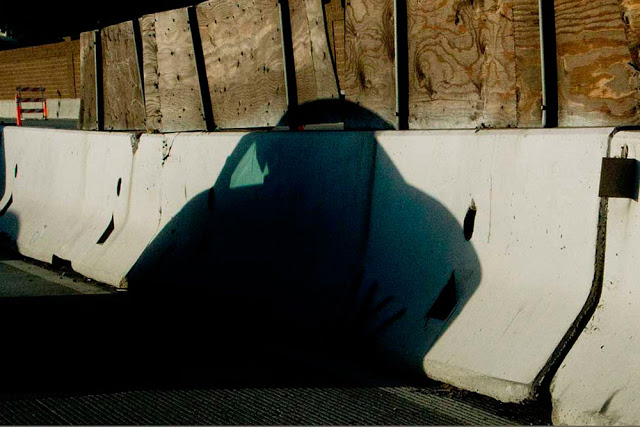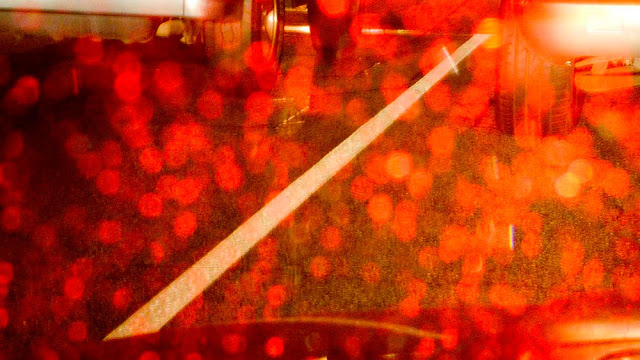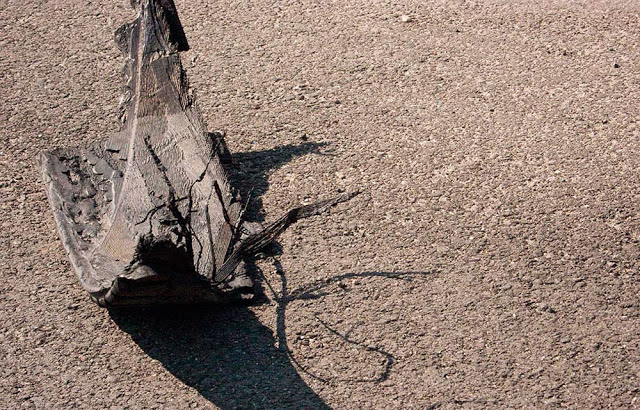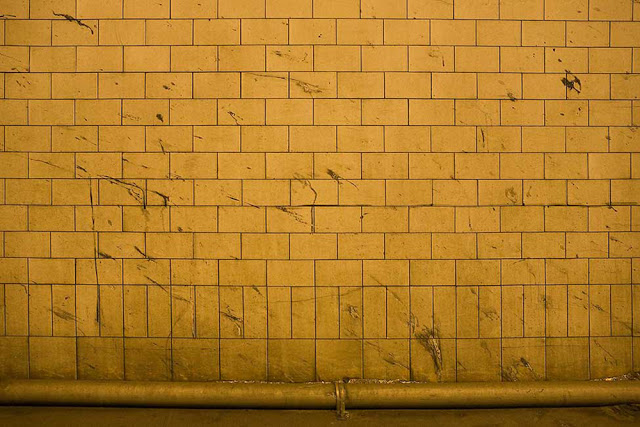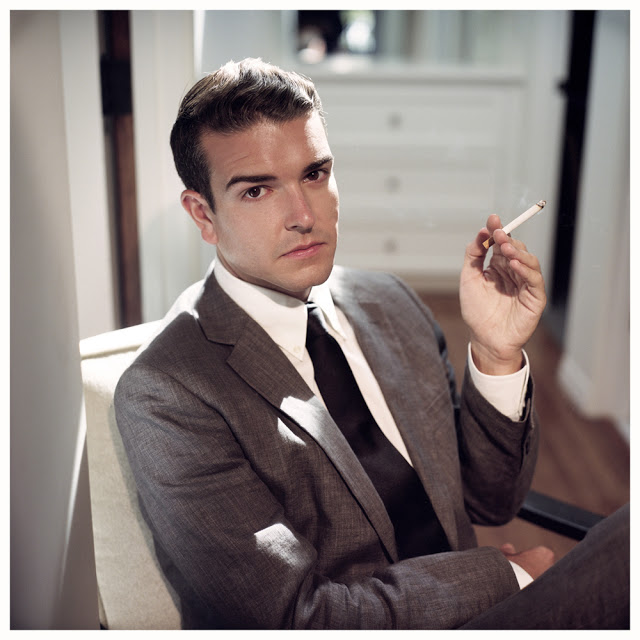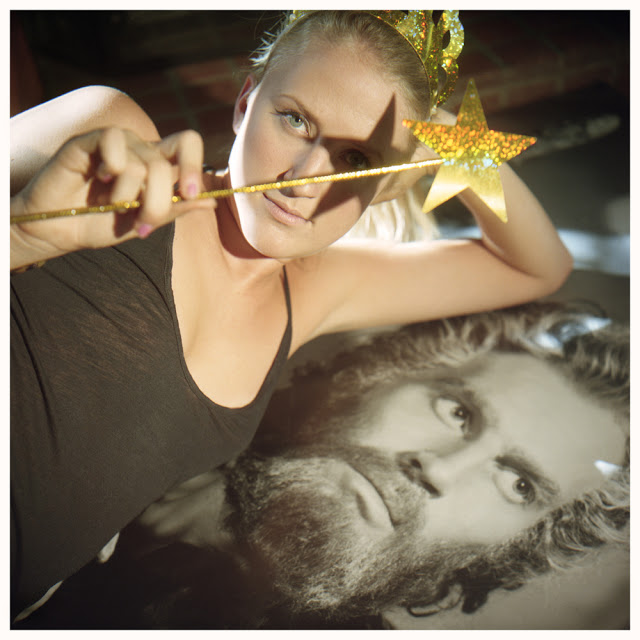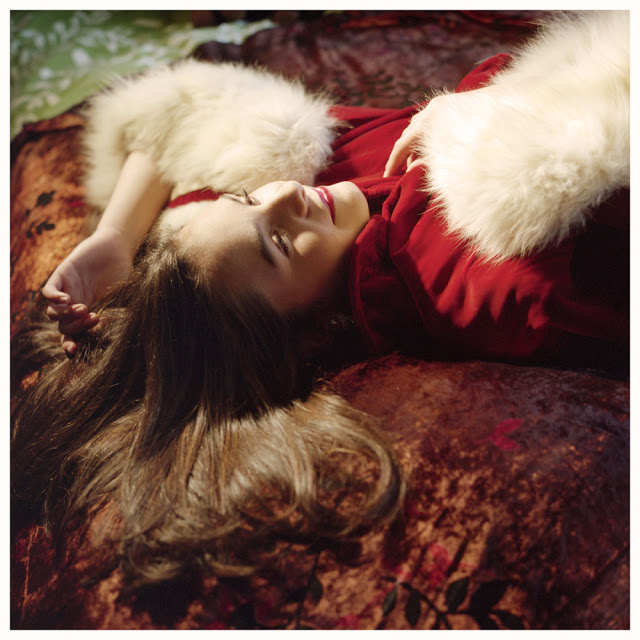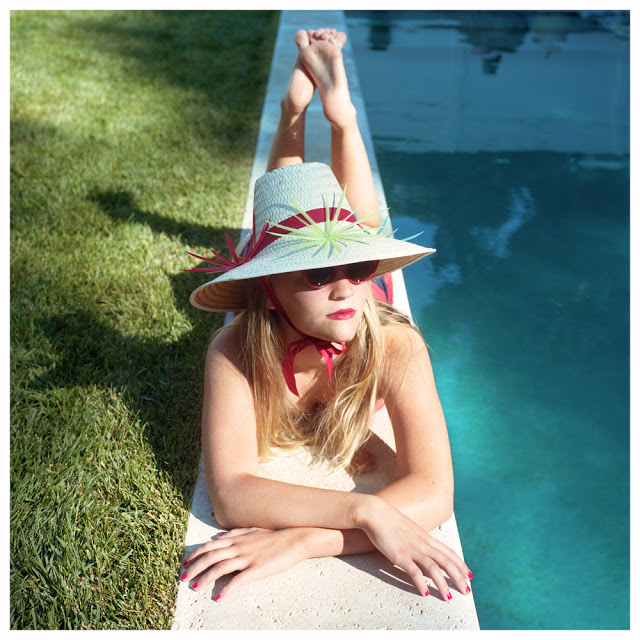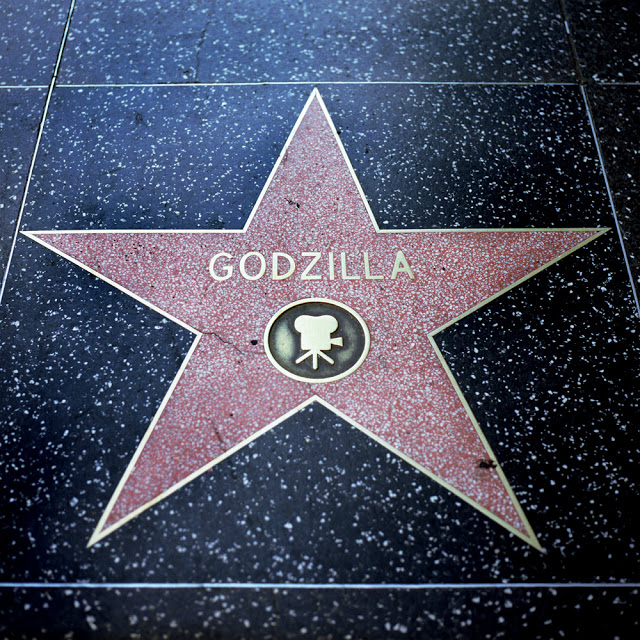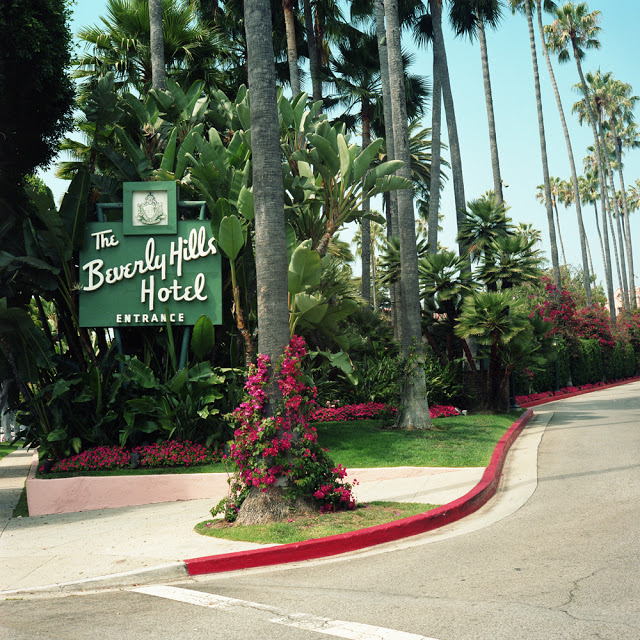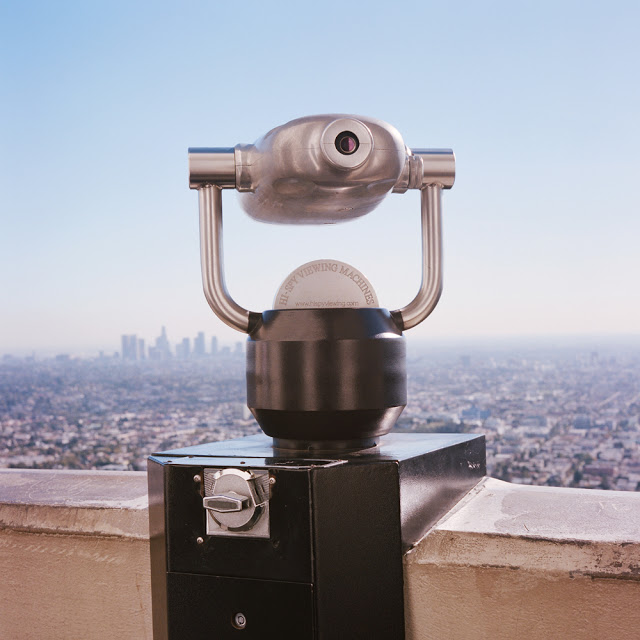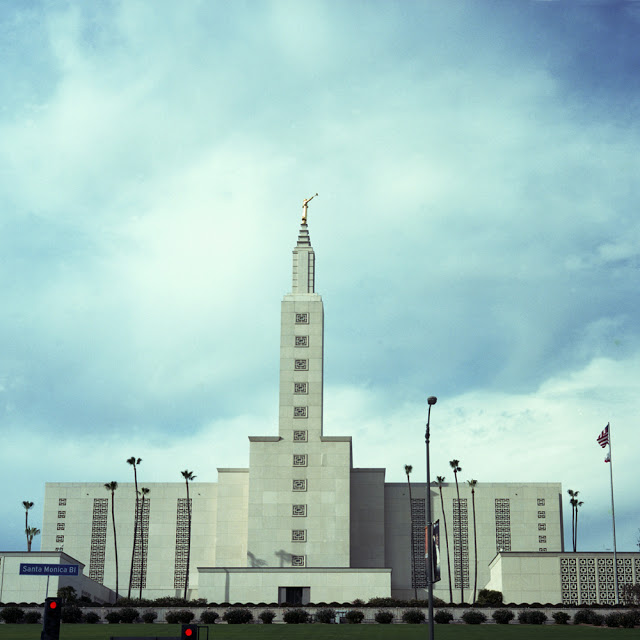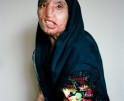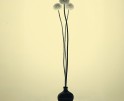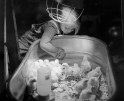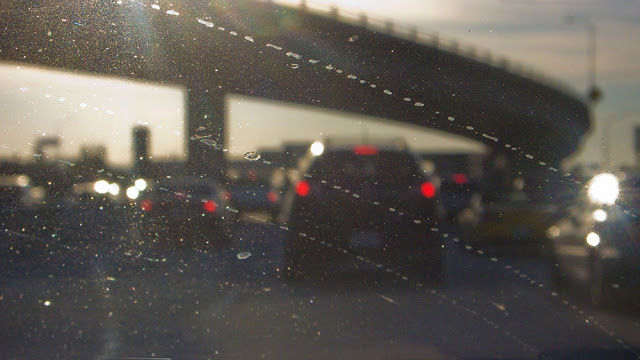
Sara Jane Boyers, from Gridlock
This weekend, the Los Angeles photo community will be exploring walls of photography at Paris Photo Los Angeles, but that isn’t the only photography on display. Five photographers are having a pop-up show curated by Sarah Lee, formerly of Sarah Lee Artworks in Santa Monica, currently an independent curator and art consultant for numerous organizations, just a few blocks away from the event. Ashly Stohl, Ann Mitchell, Rebecca Sittler, Sara Jane Boyers, and Aline Smithson are sharing work in OFFSITE: L.A. Story, with each photographer exploring different areas and concepts about life in Los Angeles. They capture Los Angeles with visions of Hollywood and its iconic signatures, LA’s bridges and buildings, the Queen Mary, skateboarders at Venice Beach, historic Chinatown and the experience of being stuck in LA’s traffic. The exhibition is at Art Works Studios from April 25-28 at 660 N. Larchmont Blvd. LA, CA 90004 If you are in town, join us for the Closing party on Sunday, April 28th at 6pm.
In addition to OFFSITE: L.A. Story, photographer Cyndi Finkle will be presenting her documentary images in OFFSITE: Cyndi Finkle at Coffee+ Food, 5630 Melrose, L.A., CA.
©Cyndi Finkle
OFFSITE: L.A. STORY
In the 1970’s and 80’s, a rough band of Venice locals tore skateboarding out of the hands of the clean-cut sidewalk surfers, and made it their own. They didn’t have much, and came from a neighborhood with one of the most feared gangs in Los Angeles. Life was tough, you could see that in the intensity with which they approached skateboarding. They operated like a gang, and had a singular purpose – to skate. They didn’t skate to win contests; they skated for their lives.
On weekends, my father would take me to rollerskate around the crumbling Venice Pavilion, and I would dodge the gangs of long haired skateboarders. The same guys from Venice climbed the fence of my elementary school, and while I put on my skates and made careful circles around the track, they surfed the asphalt banks. They were rough and wild, and on their boards, they looked totally free. I was a little afraid of them, and completely fascinated. I have been ever since.
Today the crumbling Venice Pavilion has been replaced by a beautiful new skatepark. The same guys from my childhood are still there, older and mellower, skating alongside a new generation of clean-cut locals that are showered with free shoes and boards. On the surface, the Venice skate scene looks more polished now, but when you watch the intensity of the skaters, it’s clear that the gritty soul of Venice skateboarding hasn’t changed at all.
I am older and mellower too, and now, instead of the wildness of the gang, I notice the quiet that each skater seems to find on his board. Plugged into their headphones, a skater is momentarily alone in his joy when he pulls off a trick, and alone when he falls to the ground, and when he gets up to try again.




Rebecca Sittler: How Watson Learned the Trick
“How Watson Learned the Trick” is a borrowed title from a short story by Arthur Conan Doyle. In the story, Watson tries to imitate what he calls “superficial tricks” of observation that he believes Sherlock Holmes uses to entertain and enchant the public. Watson offers an imagined narrative of Holmes’s morning that seems logical (based on his observations), but turns out to be entirely false. The short story was published in 1923, in a book the size of a postage stamp. It was then placed in a library within an elaborate dollhouse built for Queen Mary. The RMS Queen Mary is a historic ocean liner docked in Long Beach, CA that operates as a hotel, concert venue, museum and paranormal research center.
My initial interests in these overlapping functions and the multiple histories of the ship have given way to thinking about the ship as a metaphor for photographic representation. I am particularly interested in the photograph’s slippery yet poetic relationship to time, representation, authorship and history. The subjects of these images include both theatrical displays and overlooked corners of the ship. In the process of making an image, I create new visual juxtapositions and abstractions out of already heavily designed and authored spaces. Extracted details and formal barriers in thephotographs encourage a closer look at the suspension of time and space on its own terms.
In Doyle’s story, though the instability and mutability of Watson’s observations are revealed, the fictional narrative that is created has a life of its own. This is a relatable paradox for photographers. Ultimately, we are left creating something new out of the echo of our misunderstandings.

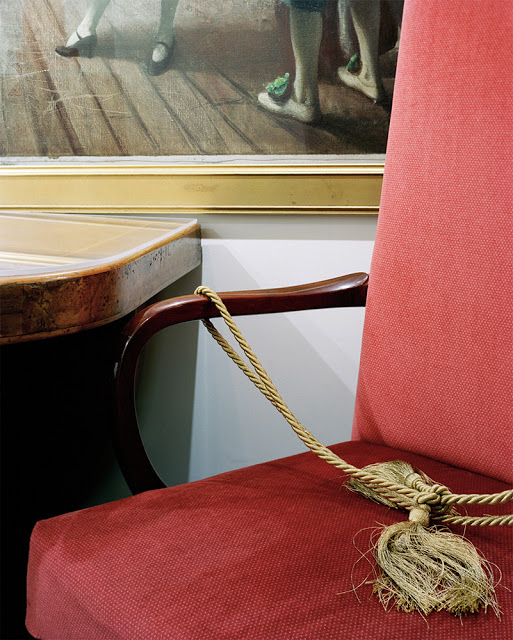

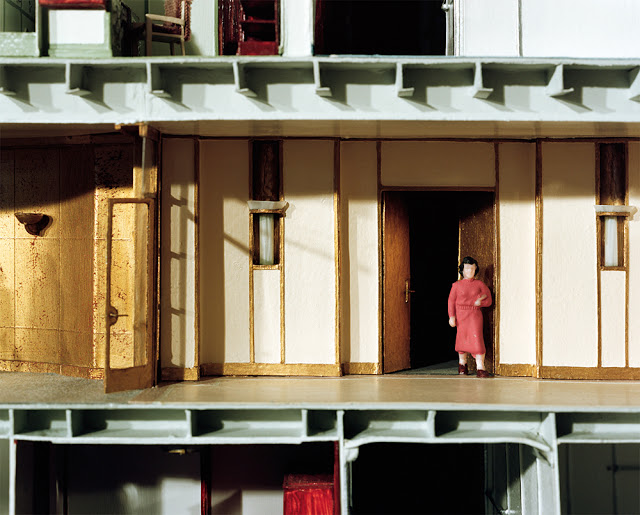
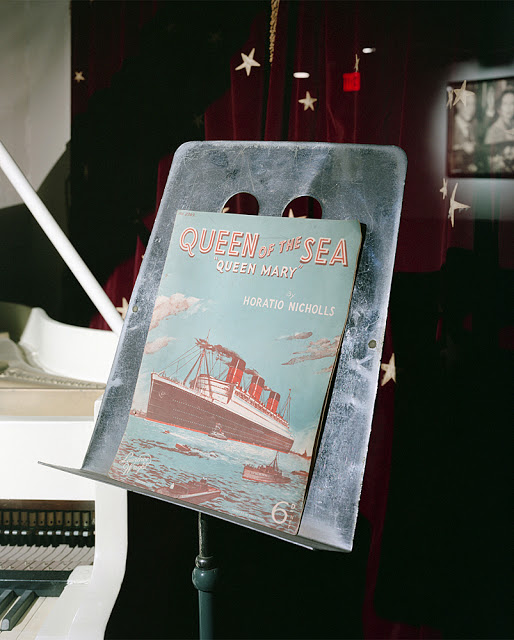
This ongoing project seeks to redefine the iconic views of the Southland by drawing from my memories, cinema and literature. I’m exploring how our urban landscapes have been shaped by the fantasy of Hollywood, the noir novels of the 40’s and 50’s and the waves of immigration that reshape and revision our cities through a constantly changing architectural palette of visual styles. This is “The West” seen through a cinematic montage sequence, moving beyond documentation into interpretation and fantasy.
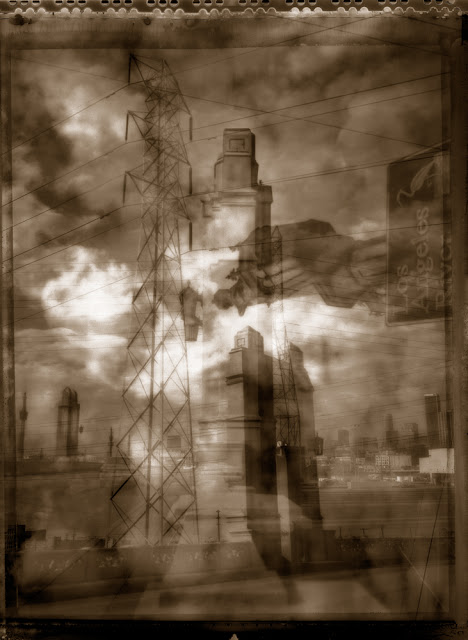

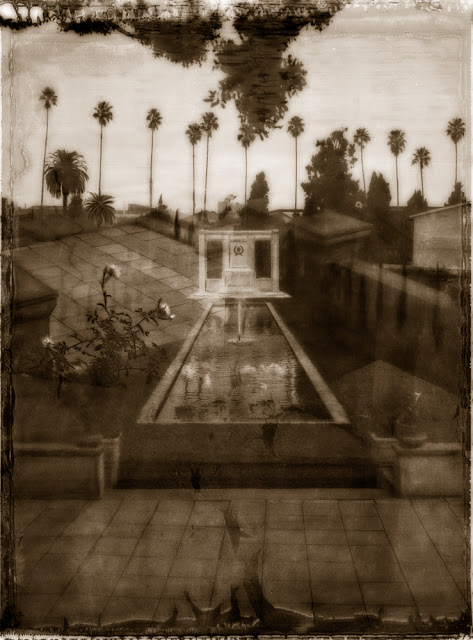
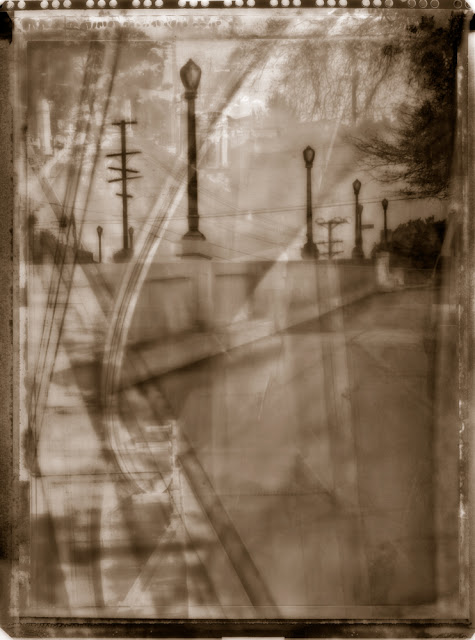

Sara Jane Boyers: Finding Chinatown
Since the beginning of the new millennium, I have been shooting in the Chinatowns of the United States and Canada, starting in the San Francisco Chinatown where I was out amid the dark shadows and early activity of the new day. The light seduced me while also awakening strong childhood memories of family visits to the LA Downtown Chinatown near my father’s photo labs. There has been a continuing Chinese immigration to the United States for almost 3/4 of our nation’s history beginning in mid 19th Century California. A similar history occurs in Canada. In the Chinatowns there is vibrance and drama with many stories to be told about these portals into the American dream.
What intrigues me most is the still beauty that defines this narrative, hoping to show another side of the tale that yet incorporates the past, present and the future. One perhaps even more evocative of those passing through. My photographs inspired by the gathering places of historic and new communities seek to honor that contribution.





Sara Jane Boyers: Gridlock
I speak about how detail and space affects the worlds I photograph. So too am I affected by ones daily surrounding me. Gridlock is such a series.
About being a Californian. About being in a car. About traffic.
I am photographing from my driver’s window, mainly with my viewfinder-less Leica D-Lux3, now D-Lux5. Stopped. Crawling. Trapped. Riding on the clutch as I stay in 1st should the flow move on. Immobile in a place of presumed mobility. Hoping to catch that elusive abstraction even while those behind me glower and gently nudge my car along.
Whether LA freeways or the A8/A10 from Nice to Genoa, traffic feels like home.
Growing up a stone’s throw from Hollywood and Vine, I have always been intrigued by the real and the manufactured Hollywood. The staged Hollywood at Home photographs from the 40’s and 50’s of celebrities at play or at home with their families are particular favorites of mine.
In a reality-tv society where celebrity and stardom is now possible without talent or reason, the idea that anyone can become a star has indeed, become a reality. My series, Hollywood at Home, looks at the idea of elevating family and friends into a false stardom, through lighting and position, where they, perhaps, are just on the verge of being discovered, happy to participate in the artificial gloriification of who they really are.
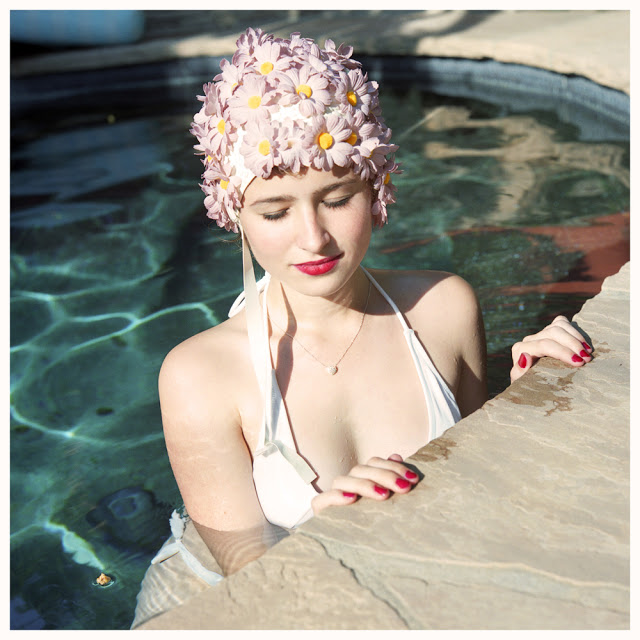
I grew up in California and have always appreciated it’s beauty and unique sensibility. It’s a city of facades, a city of dreams, and a place that one needs a sense of humor and a sense of irony to appreciate it’s patina. After years away, I feel a renewed love for this slice of the planet and I have realized that finally, I’m coming home.






















